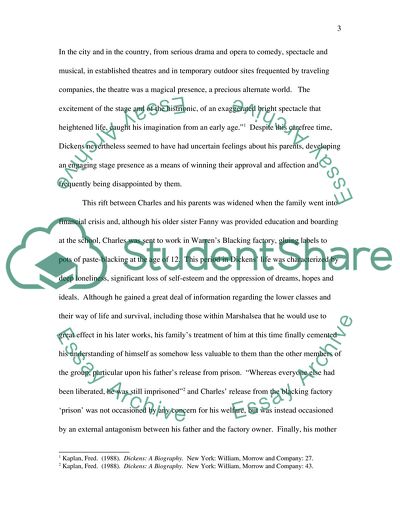Cite this document
(A Biography of Dickens by Fred Kaplan Coursework, n.d.)
A Biography of Dickens by Fred Kaplan Coursework. Retrieved from https://studentshare.org/people/1711771-biography-book-review
A Biography of Dickens by Fred Kaplan Coursework. Retrieved from https://studentshare.org/people/1711771-biography-book-review
(A Biography of Dickens by Fred Kaplan Coursework)
A Biography of Dickens by Fred Kaplan Coursework. https://studentshare.org/people/1711771-biography-book-review.
A Biography of Dickens by Fred Kaplan Coursework. https://studentshare.org/people/1711771-biography-book-review.
“A Biography of Dickens by Fred Kaplan Coursework”, n.d. https://studentshare.org/people/1711771-biography-book-review.


